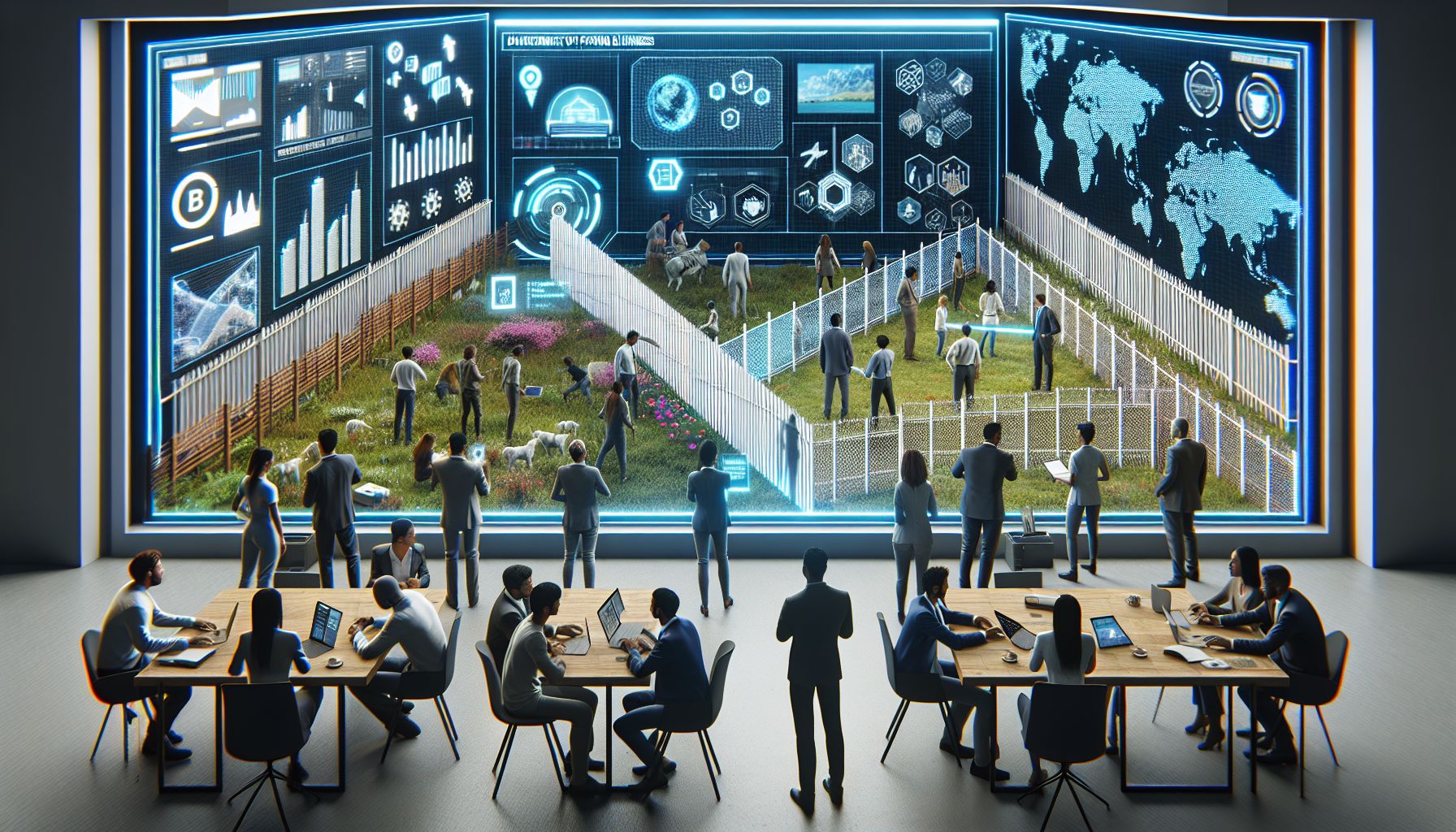Exploring the Future of Fencing Business Solutions in a Rapidly Advancing World
Step into the world of Fencing Business Solutions and witness the transformative power of innovation.
The fencing industry has long been associated with tradition and manual labor. However, in recent years, advancements in technology and changing customer demands have driven the sector towards embracing new solutions that enhance efficiency, safety, and aesthetics. From smart fences to automated installation processes, the dynamics of the fencing business have rapidly evolved to meet the challenges of the modern world. In this article, we will delve into the latest innovations within the fencing industry and their implications for the future.
Embracing Smart Fences for a Connected World
Gone are the days of simple wooden fences that serve only as physical barriers. Today, fences are becoming intelligent components of connected homes and smart cities. Smart fences equipped with sensors, cameras, and monitoring systems are revolutionizing the concept of security and surveillance. These fences can detect intrusions, send real-time alerts, and even initiate automated responses. For businesses and homeowners, smart fences provide an enhanced layer of safety and peace of mind.
Moreover, smart fences are not limited to security applications. They can also integrate with other smart home devices, such as lighting and irrigation systems, creating a seamless and automated experience. Imagine a fence that adjusts its lighting based on the time of day or opens a small gate to allow your dog access to the garden. The possibilities are endless, and the future of smart fences holds tremendous potential for both businesses and consumers.
Streamlining Installation Processes with Automation
Traditionally, the installation of fences has been a labor-intensive process that required skilled workers and significant manual effort. However, automation is changing the landscape of fence installation, making it faster, more precise, and cost-effective. Robotic systems can now measure and map the terrain, dig holes, and even install the fences with minimal human intervention. These innovations not only reduce labor costs but also improve the overall quality and consistency of the installations.
Automation also enhances safety by minimizing the risks associated with manual labor. Workers can now operate the machinery remotely, reducing the likelihood of accidents and injuries. Furthermore, automation enables faster project completion, allowing fencing businesses to take on more projects and meet the growing demand.
Sustainability and Aesthetics: The Green Revolution in Fencing
As sustainability becomes a top priority across industries, the fencing business is also embracing eco-friendly solutions. Traditional fences made from materials like wood and metal are being replaced with sustainable alternatives such as recycled plastic, composite materials, and bamboo. Not only are these materials more environmentally friendly, but they also offer greater durability, requiring less maintenance and replacement.
Additionally, fencing businesses are increasingly incorporating aesthetic considerations into their designs. Fences are no longer seen as mere functional objects but as an extension of a property’s style and character. Customization options, unique patterns, and innovative designs are now creating a market for artistic fences that enhance the visual appeal of homes and commercial spaces. The fusion of aesthetics and sustainability is driving a green revolution in the fencing industry.
The Future of Fencing Business Solutions: Continuous Innovation
The advancements discussed here are only the tip of the iceberg when it comes to the future of the fencing industry. As technology continues to advance and customer demands evolve, the sector will witness further innovations that redefine the boundaries of what fences can do. From integrating renewable energy solutions to developing self-healing and self-cleaning materials, the possibilities are immense.
Moreover, the fencing industry will also be influenced by larger trends such as the rise of smart cities, the increased importance of data security, and the growing need for sustainable infrastructure. Fencing businesses must adapt and embrace these changes to stay ahead of the competition and meet the expectations of their customers.
In conclusion, the fencing business is undergoing a significant transformation driven by technological advancements, changing customer demands, and the importance of sustainability. Smart fences, automated installation processes, and eco-friendly materials are shaping the industry and paving the way for a future where fences are not only functional but also intelligent and visually appealing. Embracing these innovations and continuously exploring new possibilities will be crucial for fencing businesses as they navigate the dynamic landscape of the industry in the coming years.

